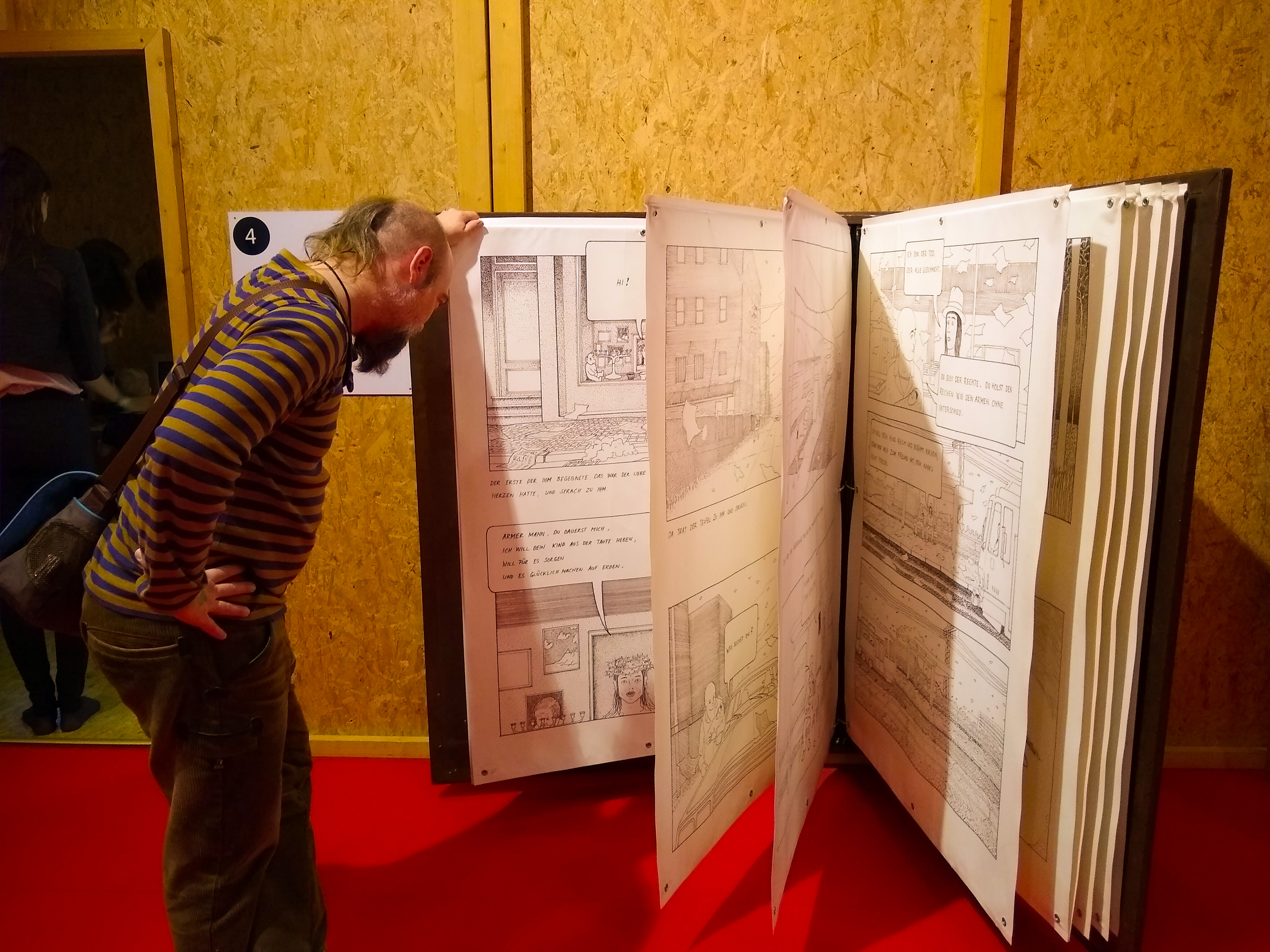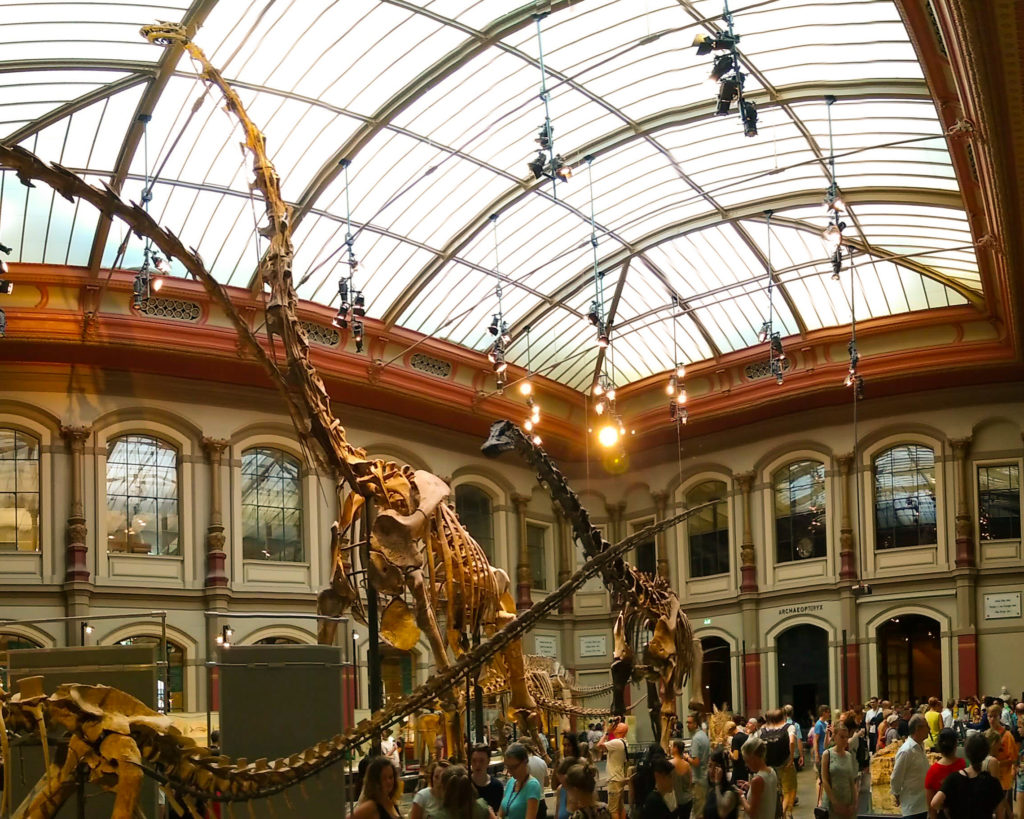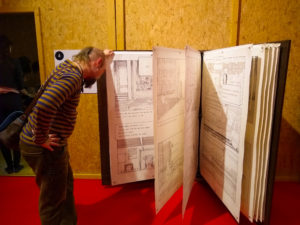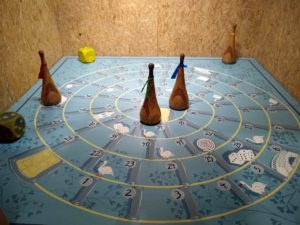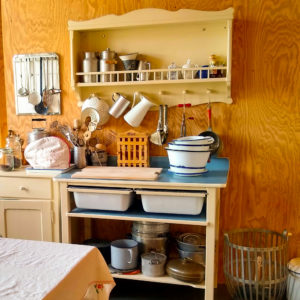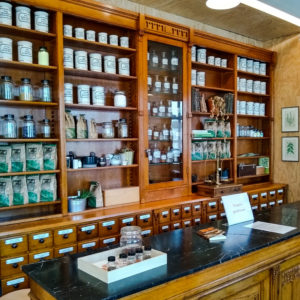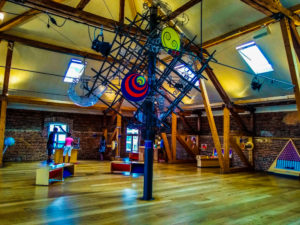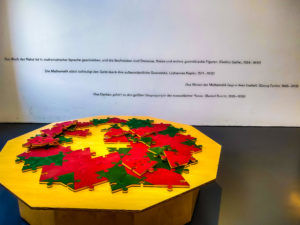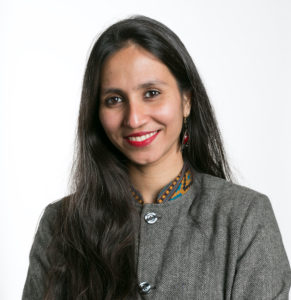In this article, I reflect on technology in museums and interactive spaces for young visitors.
Technology and Interactivity:
Digital technology helps in effective knowledge transfer where analogue formats fall short and in reaching vast numbers simultaneously. In an educational context, it finds application not just during a museum visit, but also before and after the museum visit which is largely harnessed via social media.
Four frequent applications of digital tech in museums are: first, to demonstrate the use and material characteristic of objects that remain non-functional or cannot be operated for reasons of preservation using 3D visualisation (frequently seen in but not exclusive to science and technology museums); second, to communicate information about collections and object biographies using digital storytelling and artwork close up; third, immersive virtual reality game in which the players acquire knowledge and apply their newly learned skills (targeted largely towards children and young adults); and lastly, multimedia reconstruction of historical settings (history museums).
Also Read: Community Pride, Museums and Regional Australia
What is rather exciting yet remains unfortunately less explored is the use of technology to communicate and create emotions like empathy, stimulate dialogue between the visitor and the museum as well as among the visitors, and build a community.
In India, all technology is often equated with interactivity and better learning experience. This association, however, does not always hold true. One of the many worries of using QR codes and tablets in museums is that they take visitors away from the museum environment and replace it instead with gazing at yet another screen. However, a naïve enthusiasm for technology time and again eclipses criticality and careful assessment. Digital technology then becomes an unnecessary embellishment to attract attention but serves little merit.
Museum für Naturkunde, Berlin. Photo: Habiba Insaf
Of course, not all technology employed in museums is without its virtues. A case in point is the Museum für Naturkunde (The Natural History Museum) in Berlin that is bringing the past to life with augmented reality. By superimposing a scaled, virtual layer over real objects, visitors look at the dinosaur skeletons on display at the museum via a fixed interface to see how dinosaurs looked, hunted and ate in their natural habitat millions of years ago.
What distinguishes effective use of technology from being gimmicky is the use of principles and methods of user-centred design – an iterative process of exploration, creation, and evaluation that works closely with visitor groups. Such an approach is seen in Project Museum4punkt0, a network of seven cultural institutions in Germany that is prototyping formats to address how digital technology can enhance the learning experience in museums of the future. Some of its sub-projects include digital storytelling from multiple perspectives, amplifying the experience of the biographical and emotional aspects of emigration and immigration, and making research process and findings experiential. One of the many questions it seeks to address is how digital applications can be sustainably maintained even with a small staff. This is an important point to consider as hi-tech formats are both capital and people intensive to create and maintain. Most small and medium sized museums in Germany and generally around the world cannot afford them.
Youth and Children’s Museums
Unlike most museums that have a hands-off policy, children’s museums encourage young visitors to touch, play and interact with the exhibits. Though the concept of children’s museums originated in USA, today there are several kindermuseen in nearly every city in Germany. India, nearly nine times the size of Germany and with fifteen times the population, has less than ten children’s museums. Apart from an upsurge in the woefully scant numbers, what is urgently needed is more imagination in their offering. Children’s museums here are overrun with time- tested themes such as animals, nature, stories and mythology, which though have their own charm, remain all too trite and insipient in their investigation.
On the other hand, children’s museums in Germany curate their exhibitions around a wide-range of themes that are both innovative and relevant. Take for example, Alice museum for children’s bold and engaging exhibition on the taboo topic of death. Divided thematically into twelve rooms, young visitors were handed out ‘passports’ for their journey of life that doubled as activity booklets. As they explored the exhibition, children read The Grim Reaper, solved a puzzle, prepared and drank a ‘magic portion’, wrote their own recipe for immortality, played a life size board game and scribbled messages on the wall for the dear departed.
Alice museum for children’s exhibition ‘Tell me something about death’ explored the concept of death and mortality in a fun and creative way. Photo: Habiba Insaf
While exhibitions at children’s museums are designed for young learners, they actually create an experience that is exciting and relevant for the entire family. For example, the different period rooms at the Junges museum (Museum for the Young) in Frankfurt are designed to appeal to the young and old alike. While for the young visitors, recreations of the Great-Grandparents’ Kitchen and the 19th-century pharmacy are a window to the past, for the old, they offer a nostalgic trip down memory lane providing the opportunity for intergenerational knowledge sharing.
Recreations of Great-Grandparents’ Kitchen and the 19th-century pharmacy at Junges Museum, Frankfurt. Photo: Habiba Insaf
Similarly, the hands-on mathematics museum, Mathematikum in Giessen, with more than 170 interactive experiments consisting of challenging math puzzles, mirror experiments, construction of bridges, water parabolas, shapes and patterns, is enjoyed by lifelong learners of all ages.
Mathematikum in Giessen. Photo: Habiba Insaf
The art gallery Schirn Kunsthalle in Frankfurt, on the other hand, takes a rather different and an interesting approach. On its ground floor, the gallery has designed Minischirn – an exclusive 100 sq. meter space for young children between 3 and 7 years of age where no adults are allowed to step in! While adults soak up art at the Kunsthalle, children at Minischirn climb into an immersive colour tunnel, build using foam and rubber elements, experiment with reflections, direct their own production at the peep show box, play with light and shadow, make moving pictures by see-sawing together and generate patterns with a media powered real time kaleidoscope.
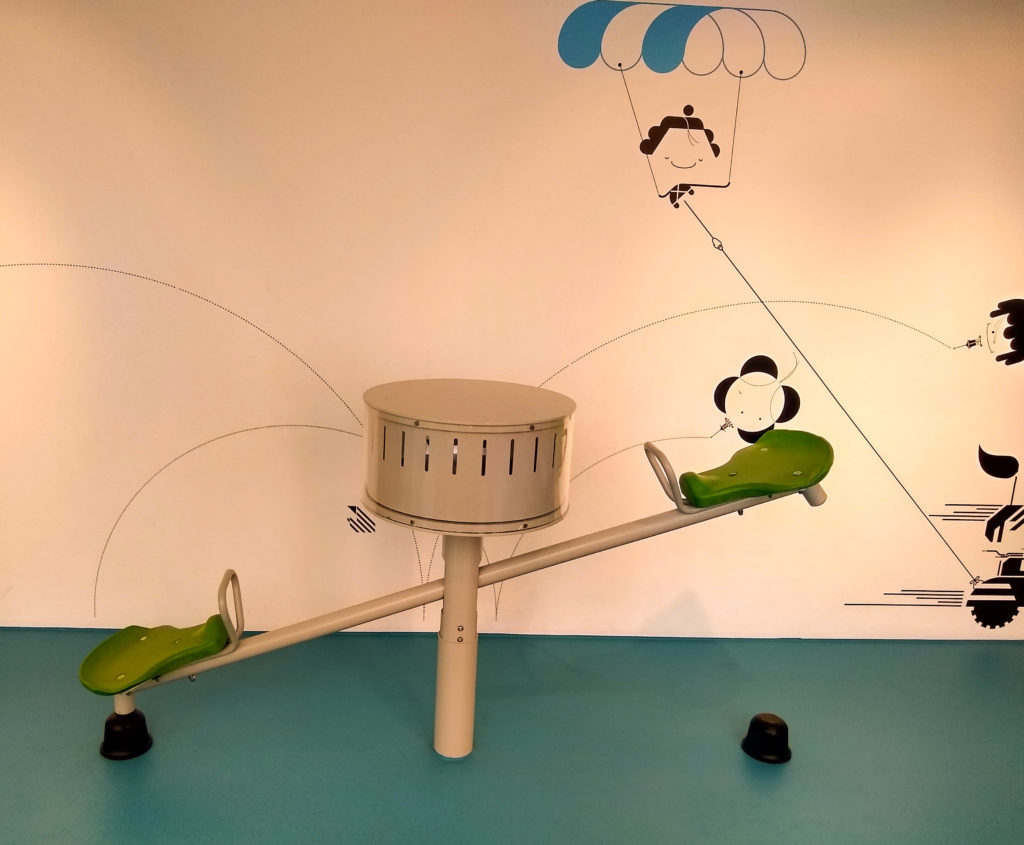 Children see-saw to make moving pictures at Minischirn, Frankfurt. Photo: Habiba Insaf
Children see-saw to make moving pictures at Minischirn, Frankfurt. Photo: Habiba Insaf
Conclusion
Museums in India with its rich cultural artefacts and wildly heterogenous visitor groups hold the potential of becoming vibrant loci for pluralistic public discourse, centre of social and intellectual churning and a much-needed space for slow looking and deep thinking. The roadmap to change, however, is replete with impediments and promises upheavals for the staff, visitors and workflows. Add to this, Covid-19 and the subsequent lockdown that has thrown up new challenges our way.
In such times of crisis, it would perhaps be a wise strategy to rethink museum processes and purpose through honest institutional assessments, innovate and redesign to meet challenges and make small thoughtful changes in the long run for cumulative impact.
~ENDS~
Habiba Insaf is an art historian and museum educator from India. She has held fellowships and awards of the Alexander von Humboldt Foundation, Singapore International Foundation and the Prince Claus Fund. As the former Head of Learning at Flow India, a Delhi based culture consultancy, she has designed museum learning projects for institutions such as The National Museum, Delhi, IGNCA, Delhi, Museum for Art and Photography, Bangalore, Jaya He GVK New Museum, Mumbai as well as schools.
Website: https://habibainsaf.com
Instagram : insaf_ka_tarazu







